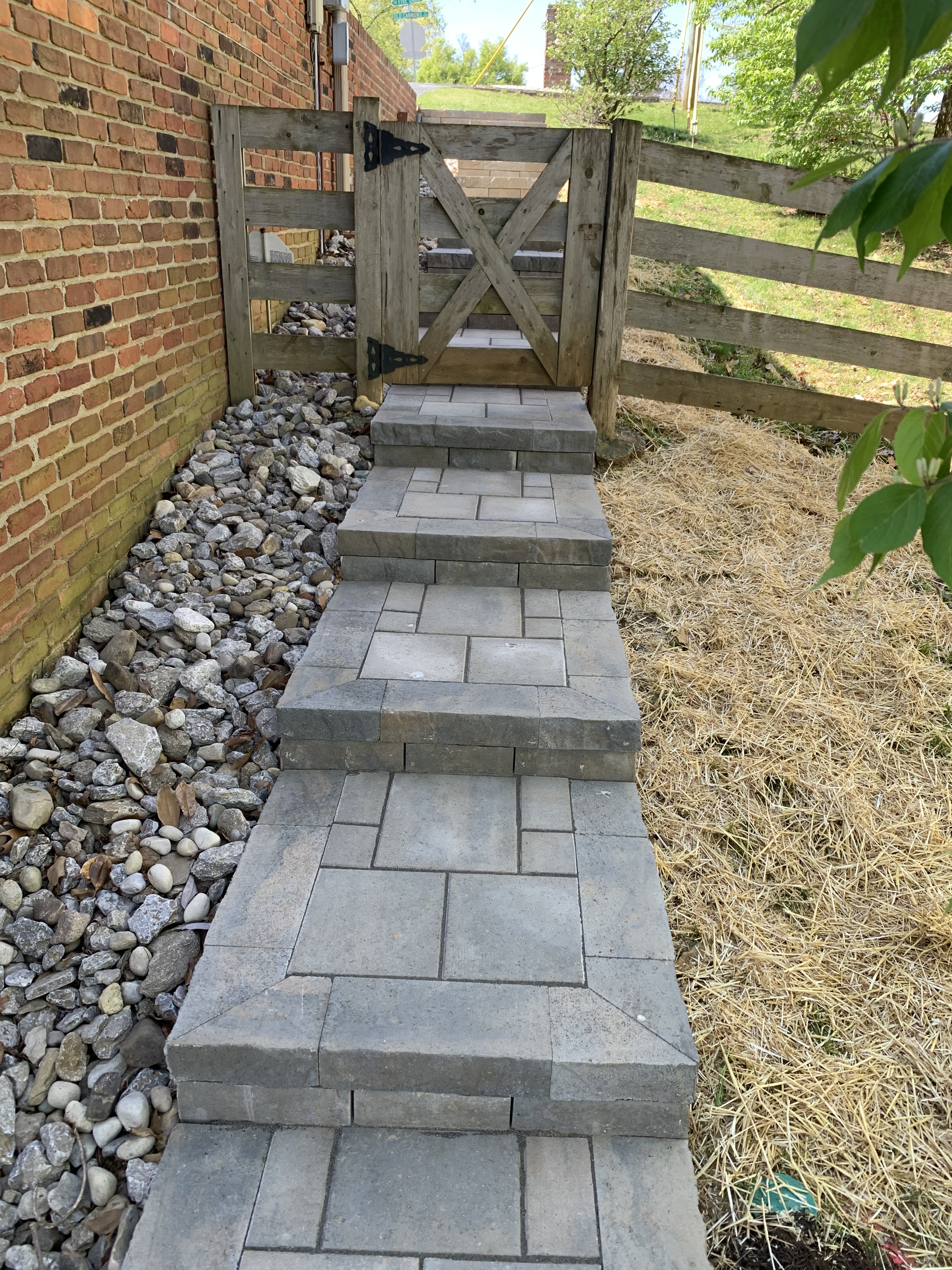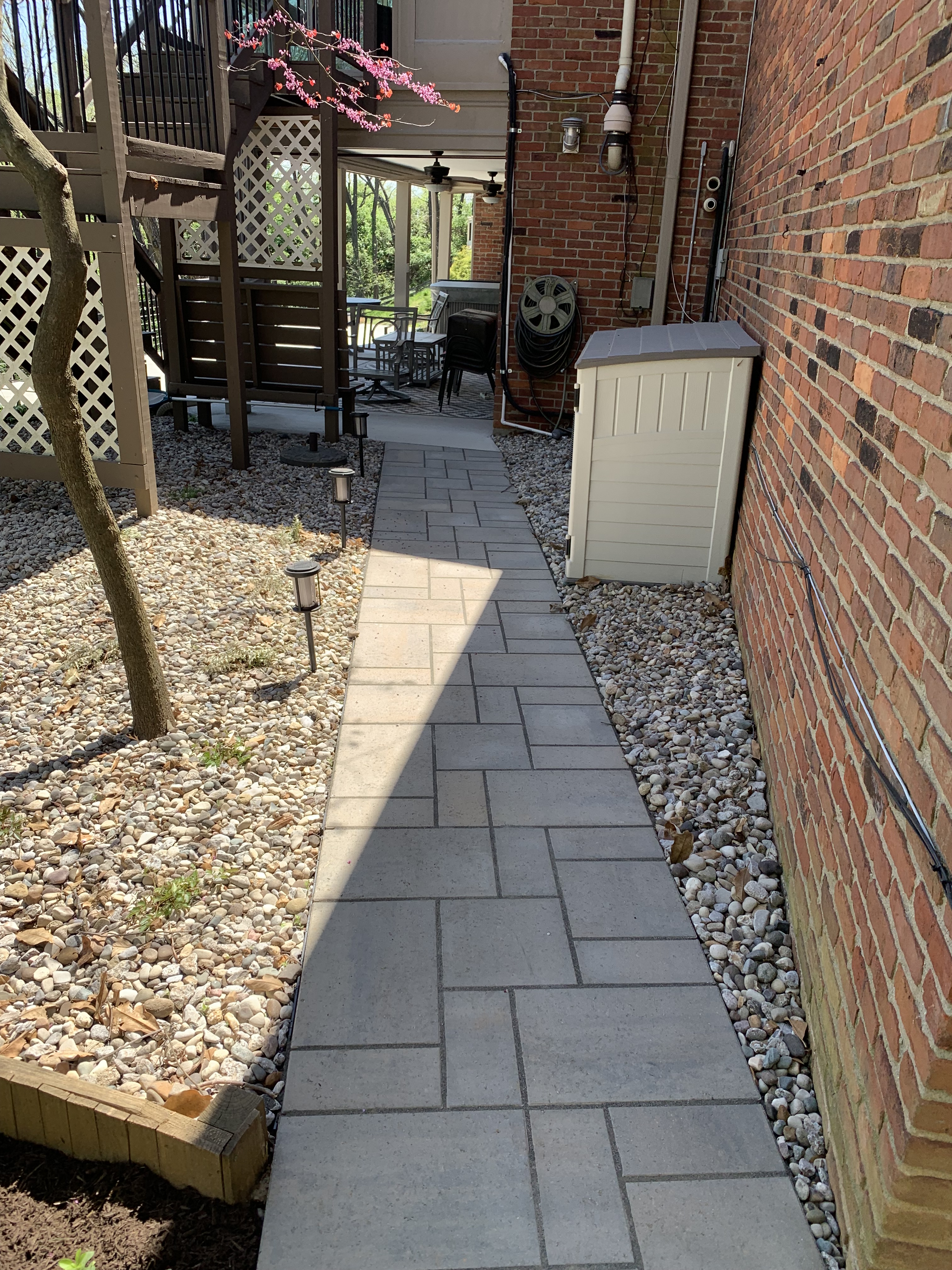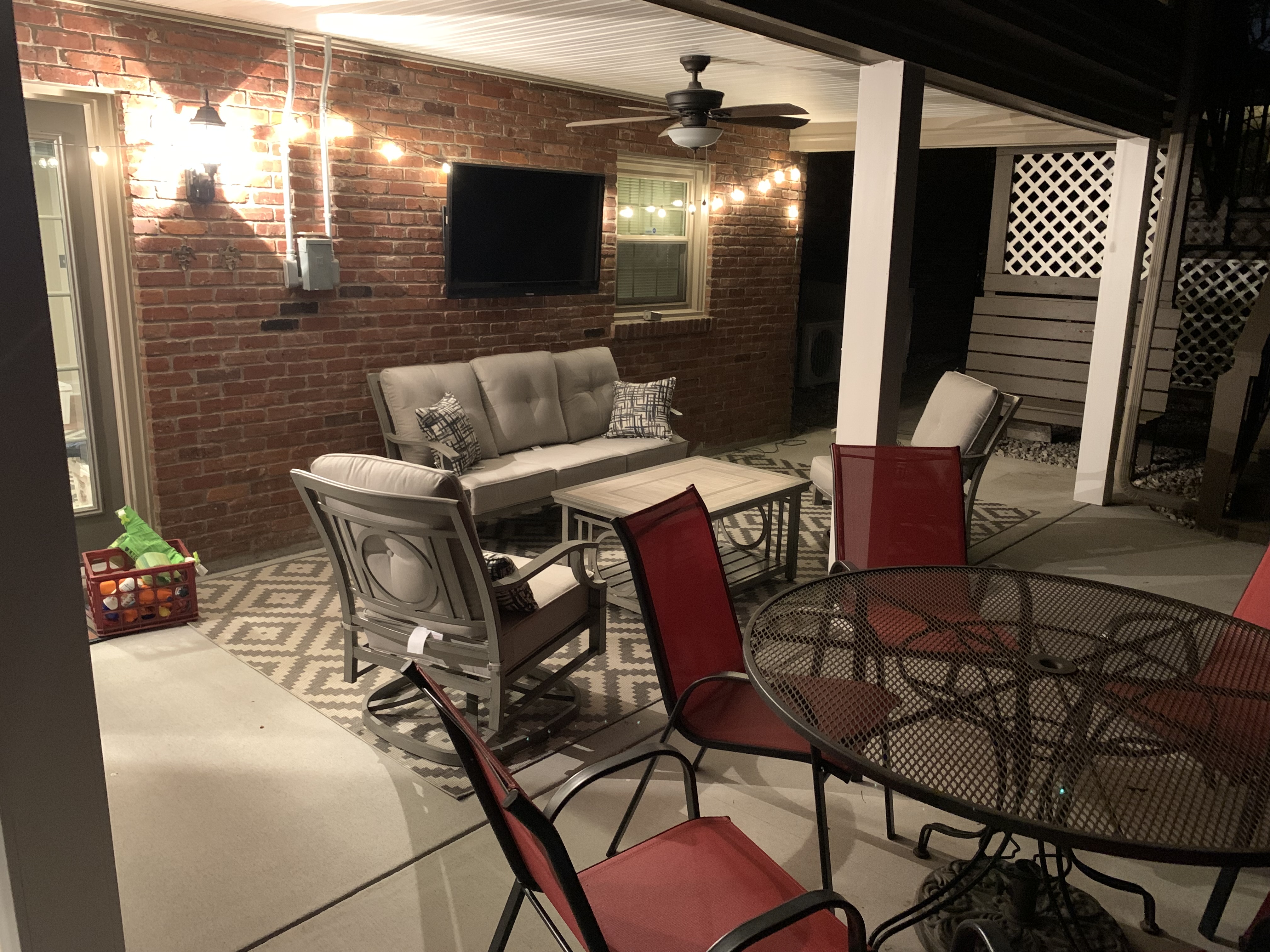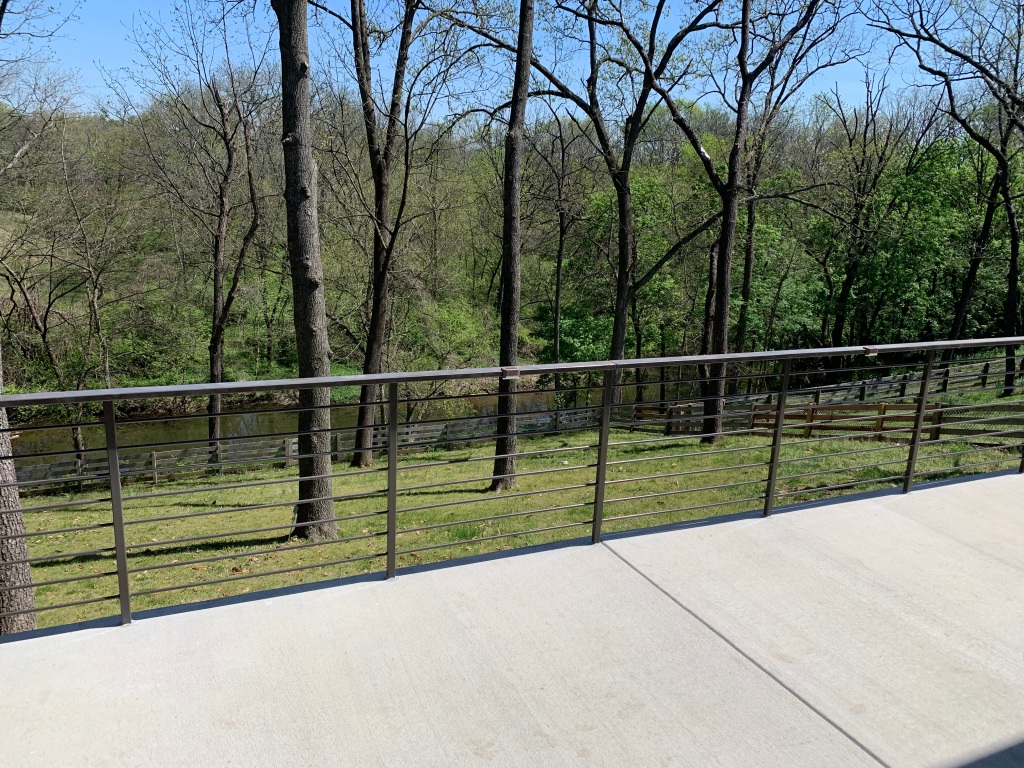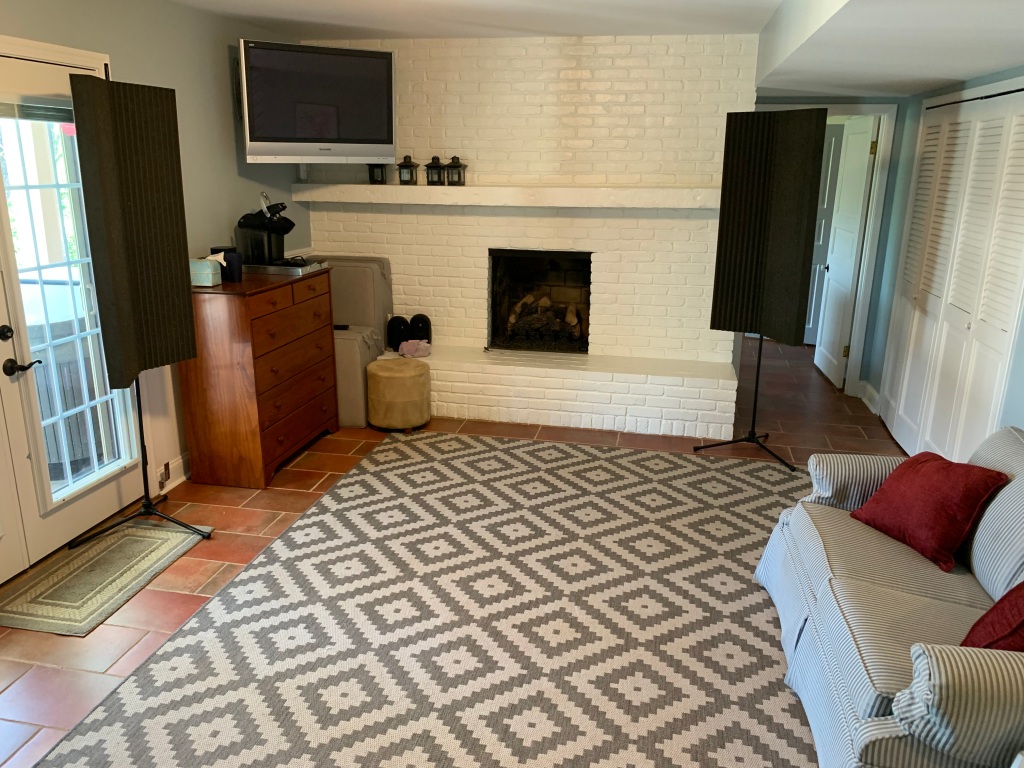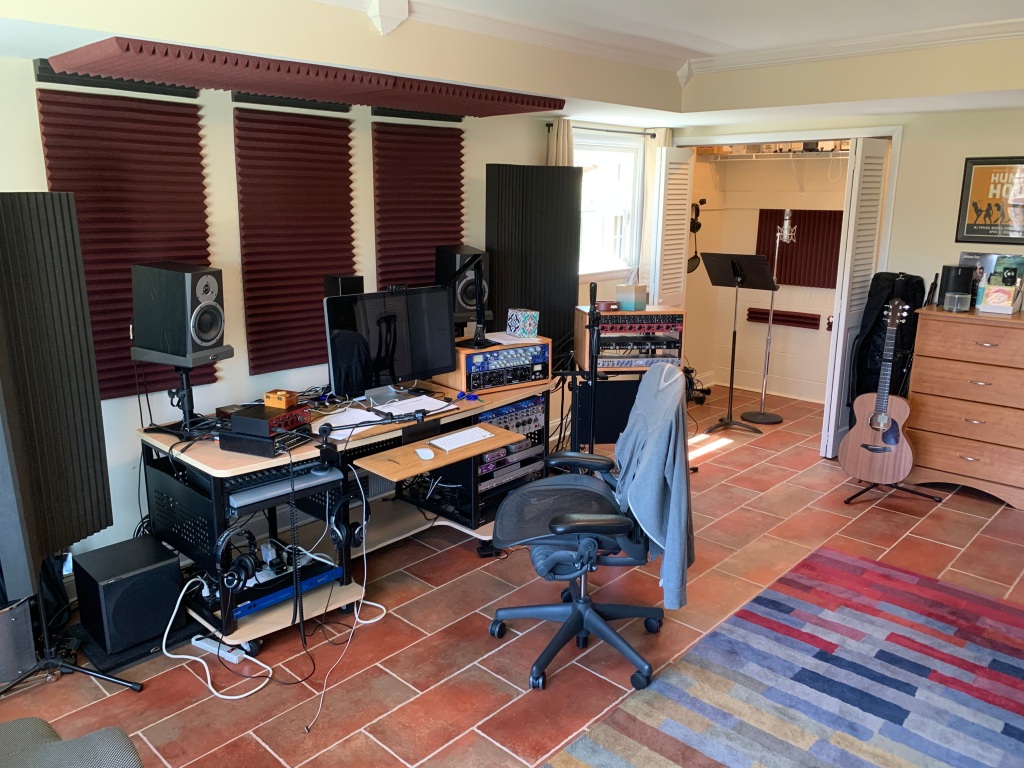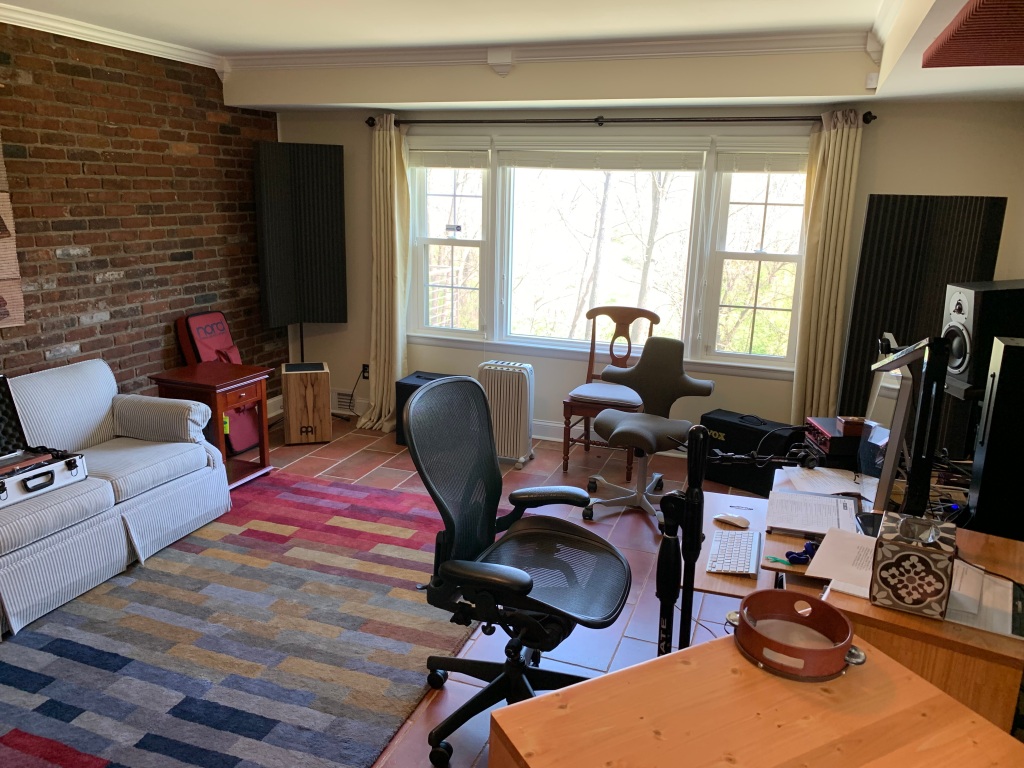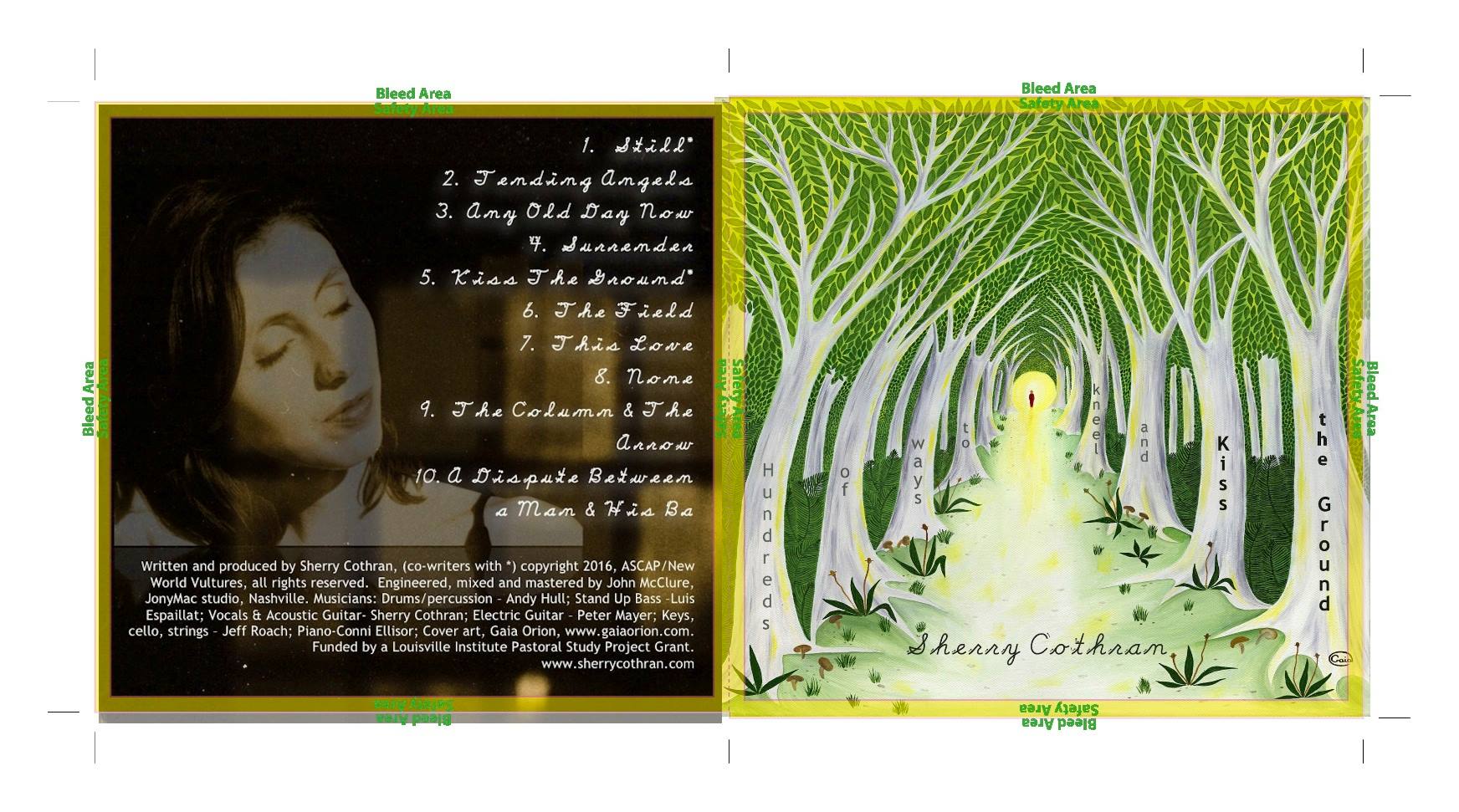Sherry Cothran is a smart, multi-talented, profoundly creative woman. The former lead singer for the alt-Southern rock band the Evinrudes, Sherry now is the pastor of West Nashville United Methodist Church.

I first met her in class at Vanderbilt Divinity School. She was beginning a journey that would end with her placing her poetic abilities as a lyricist, and her musical genius, into the service of giving voice to biblical women. By her third and final year in divinity school, she had written a complete set of incredible songs. I was lucky enough to be able to work with her in the studio, bringing these songs to life. Through each song we hear something of Sherry’s own journey of faith, and what it means to be a woman haunted by the God of the Bible. The stories of Deborah, Hagar, the woman of Endor, the “strange woman” of Proverbs 8, and others resonate with the lives of women today.
Sherry was able to rally the Evinrudes to track her songs in the studio. It was a real treat to work with this excellent group of musicians who are now playing with some of Nashville’s big name artists.
Andy Hull produced some masterful drum and percussion tracks. I tracked him in the larger room in the studio and, instead of overhead miking cymbals individually and using a room mix, I used a stereo pair of AT4041s, which are brighter than my MikTek C5s, up and back over the kit to get the kit reflecting off the walls of the room. This would give us the option of picking up as much of the ambient wood in that room as we could as a part of the kit. Sherry liked this room sound, and liked the drums on the “bright” side. We used a lot of room ambience on the drum and percussion tracks.

Ethan Pilzer’s bass tracks are fluid and lyrical – creating beautiful counterpoints throughout the CD. He lugged his excellent preamp rig into the studio and I ran it direct into my Apogee converters. I didn’t want anything to get in the way of the sound he was getting. He also recorded his standup bass tracks at home and mailed them in. I found that with a little tweaking, Izotope Alloy’s preset for acoustic bass was just the ticket for juicing those tracks with some presence and energy.
Brian Reed’s guitar work adds consistent “signature” hooks to nearly every song on the CD. We used an SM57 on his tweed amp, off axis, through my old Peavey VMP-2 tube amp to add a little grit and grain, and the sound was fantastic. Brian played identical parallel tracks, doubling himself perfectly on each song. This allowed us to create a huge soundstage with the electric guitar.

Jonathon Hamby’s keyboard tracks, especially on “In My Lover’s Arms” are sensitive and add sonic depth throughout the CD. He recorded these at home and mailed them in. In the mix, they needed only a little high-mid boost to cut through nicely.
Sherry invited Conni Ellisor in to track on violin, encouraging her to use Middle Eastern scales and tones. Conni was amazing. Her fiddle sounded best with a ribbon mic, and the Cascade Fathead worked wonders, keeping the highs from overpowering her sound. Conni was her own taskmaster, hard to satisfy, but in the end, her tracks make the CD (IMHO).
Toward the end of our tracking sessions, Sherry wanted a few small percussion tracks. She invited Cathy Chalmers, a first rate percussionist, to bring some of her more exotic percussion instruments into the studio and we spent and afternoon tracking some amazing bits. I wanted some real high end bite on these instruments, so again I used the Audio Technica AT4041 matched pair, allowing enough space from her instruments to capture the room. In the end, Sherry only used a few of these tracks, and they add to the subtle Middle Eastern ambience throughout the CD.
Sherry’s voice presented us with many possibilities. She has beautiful overtones in the low-mid, mid, and high registers. After listening to the music we had tracked, we decided to accentuate the low-mids a little, and to do the unexpected – to accentuate the high end breathiness in her voice, with the preamp (we used the Peavey VMP-2 with a slight high end boost), and by using the URS Neve emulation EQ, which has a great open-sounding high end.
This is one great CD. Here’s Sherry’s website for a quick listen. You can also hear more and order the CD at CD Baby.
For more on the connections between Sherry’s music and my book Mashup Religion: Pop Music and Theological Invention, go to: my blogspot MASHUP RELIGION.
